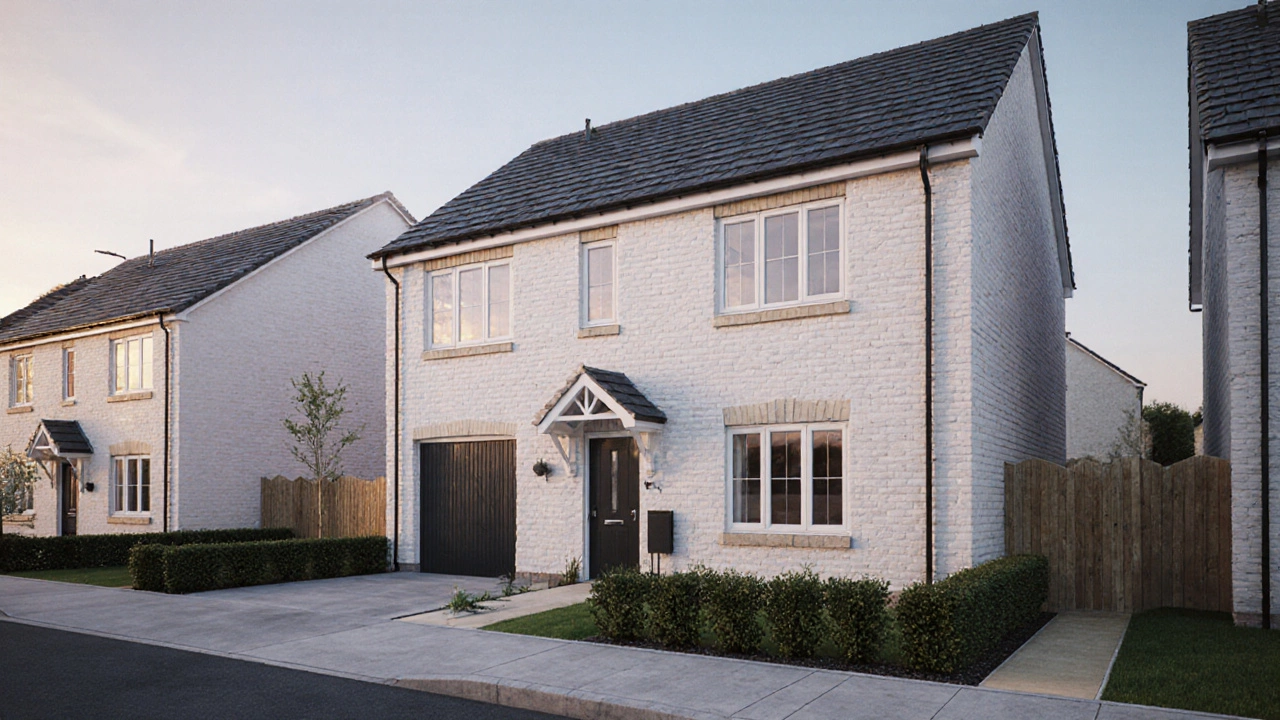New Build Warranty: Protecting Your New Home
When working with new build warranty, a promise from the builder or a third‑party scheme that covers major structural issues for a set period. Also known as a structural warranty, it gives owners peace of mind that the walls, roof and foundations will hold up for years. New build warranty is the cornerstone of any fresh‑built house, but it doesn’t exist in a vacuum.
One key partner is building settlement, the natural movement of a new structure as it dries and the ground adjusts. When settlement stays within normal limits, the warranty stays intact; excessive movement can trigger a claim. Another essential piece is the builder guarantee, a short‑term promise (often 12 months) that the builder will fix any defects that appear soon after handover. The builder guarantee usually hands over responsibility to the new build warranty once its period ends, creating a seamless protection chain.
Understanding how these pieces fit together matters for three reasons. First, the warranty covers structural defects—things like cracked load‑bearing walls or roof failures—while the builder guarantee tackles minor finishes and workmanship issues. Second, settlement monitoring can alert you early to problems that might otherwise become costly warranty claims. Third, your home insurance, a policy that protects against fire, flooding and accidental damage, works alongside the warranty but does not replace it; insurance handles accidental loss, the warranty handles construction failures.
How a New Build Warranty Works in Practice
Typically, a new build warranty lasts ten years for major structural elements and two years for non‑structural parts. The warranty provider inspects the property at key stages—usually after the shell is complete and again before handover—to confirm everything meets standards. If a defect is found during the warranty period, the provider arranges a qualified surveyor, assesses the cause, and funds the repair if it falls within the covered scope.
Settlement is monitored through simple measures like crack width checks and level surveys. If a crack widens beyond a predefined threshold (often 0.3 mm per year), the warranty may require a specialist investigation. This link between settlement and warranty claims forms a clear semantic triple: building settlement influences new build warranty claim eligibility. Likewise, the builder guarantee hands over responsibility to the new build warranty, creating another triple: builder guarantee precedes new build warranty coverage. Finally, home insurance covers accidental damage that the new build warranty does not, completing the protection triangle.
When you’re buying a newly constructed home, ask to see the warranty certificate, understand the exact coverage limits, and check whether the builder is part of an approved scheme like NHBC or LABC. Also, request the settlement monitoring plan—knowing when and how the builder will check for movement can save you headaches down the line. Remember, the warranty is only as good as the paperwork behind it.
Below you’ll find a curated collection of articles that dig deeper into costs, foundation issues, insurance nuances, and practical steps for homeowners. Whether you’re just signing the purchase agreement or already dealing with a crack, these resources will help you navigate every stage of the warranty journey.

